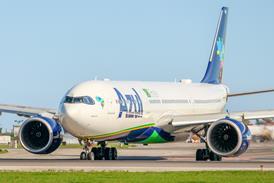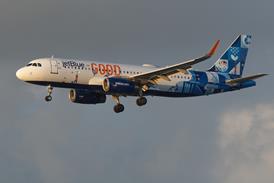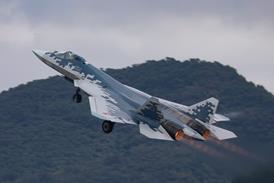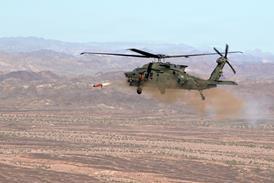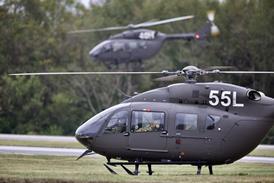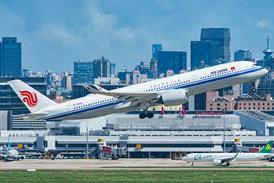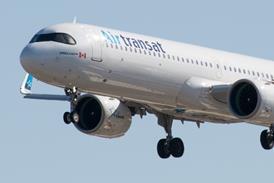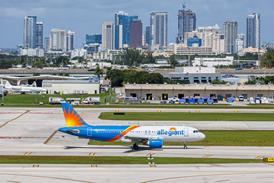Guy Norris/LOS ANGELES
Pratt & Whitney is inspecting two PW4000 engines that suffered almost simultaneous surges on a Sudan Airways Airbus A300-600R during take-off. It is also instructing airlines on a risk-reduction plan to ensure that engines identified as susceptible to surges are not on the same aircraft.
The US Federal Aviation Administration has already issued an emergency airworthiness directive (AD) to cover the affected fleet which includes PW4000 2.4m- (94in) diameter fan models powering A300s, A310s, Boeing 747s, 767s and MD-11s. P&W says the "fleet management programme is aimed at getting the surge rate down. We still don't understand what happened to the Sudan aircraft as yet, so we are working on lowering the risk level."
Of the 2,000-plus PW4000 engines, P&W has identified around 100 older, higher time powerplants that are potentially susceptible to the high-pressure compressor surge. Of these engines, P&W says, a higher-risk group of 50 is the particular target of the AD, which requires engines to be removed within 100 cycles after receipt of the directive, or before exceeding aircraft type-related cycle limits. The plan is to make sure that none of the 50 highest-risk engines are paired with any other high-risk engines," says the manufacturer.
The AD also applies to engines modified with the cut-back stator upgrade kit developed to counter the surge problem. Upgrades ceased last year after surges on PW4060 and PW4056 engines that had just been modified (Flight International, 24-30 October 2000). Around 120 of almost 2,500 engines were retrofitted before the programme was stopped. In tests, the kit had shown a 6% improvement in surge margin, but did not work in service, says P&W.
Source: Flight International

